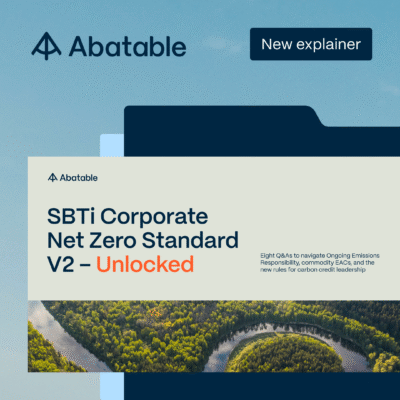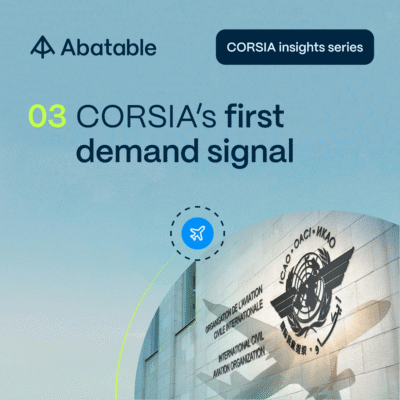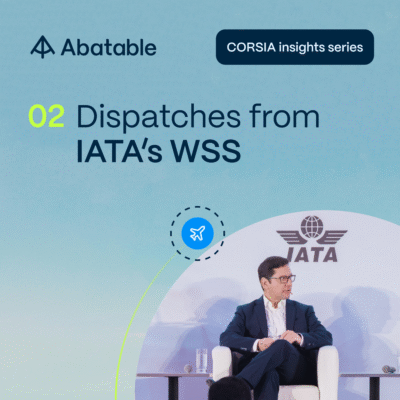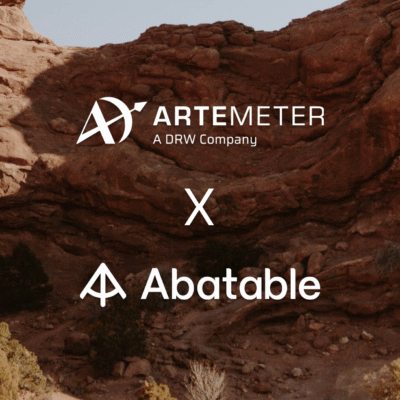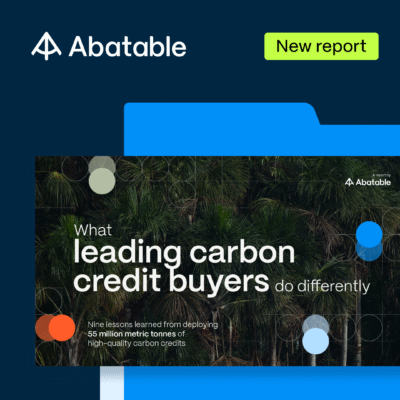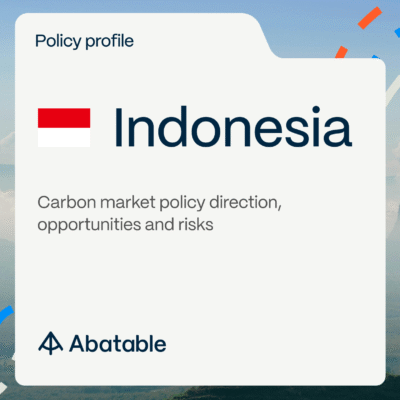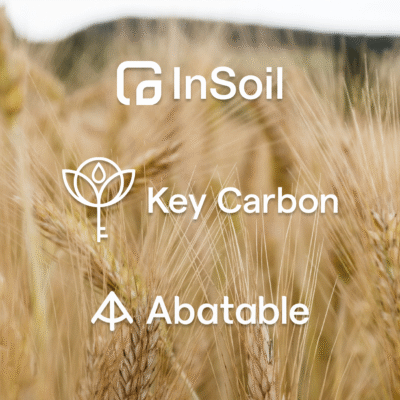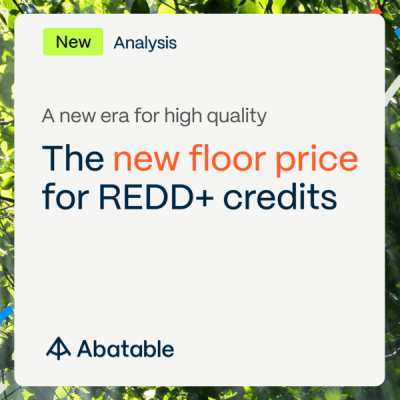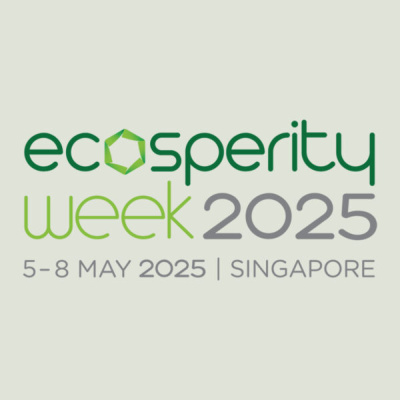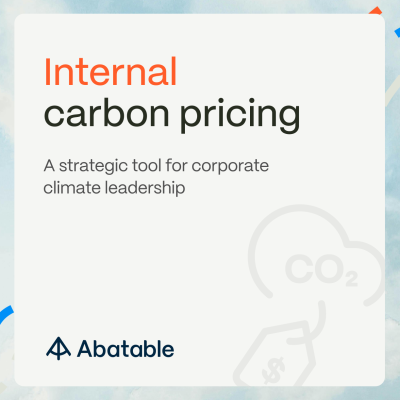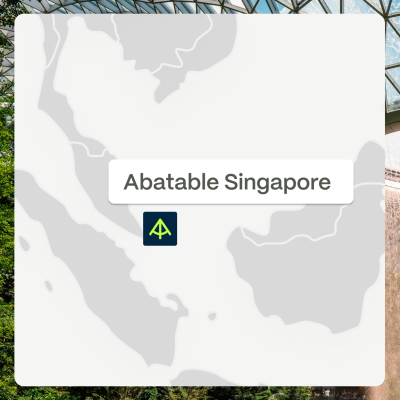Conservation International has released its Principles for High-Integrity Insetting in the Land Sector. Holly Nicholson outlines why the principles mark a significant milestone for insetting and what other standards need to do to catch up.
Conservation International has, with the backing of over 40 organisations including Abatable, released its Principles for High-Integrity Insetting in the Land Sector. The principles are a significant step forward for the concept of insetting to tackle companies’ Scope 3 emissions. They outline not just another framework but a roadmap for scaling nature-based solutions within agricultural and forestry value chains.
Building on Abatable’s foundation
This new mapping tool builds on the definition and research Abatable co-developed with the International Platform for Insetting (IPI) in November 2023. Abatable and IPI’s definition of high-integrity insetting – interventions within a company’s value chain that reduce emissions while creating positive impacts for nature and livelihoods – has become the industry standard, adopted by WWF and the UK Government’s Department for Energy Security and Net Zero, among others.
Abatable and IPI’s work identified clear roadblocks for insetting: unclear definitions, complex accounting rules, and insufficient incentives for landscape-scale action. It also highlighted opportunities, including gaining competitive advantage, regulatory preparedness, and supply chain resilience, which forward-looking companies can capitalise on.
Six principles for high-integrity
In partnership with Abatable, IPI and others, Conservation International has translated these insights into six clear, actionable principles across three core themes:
FLAG sector transformation
- Prioritise climate impact – Use greenhouse gas accounting as a tool to drive real impact for the Forest, Land and Agriculture (FLAG) sector, focusing on interventions with the largest climate benefit.
- Collaborate in supply sheds and landscapes – Enable collective action across overlapping supply chains to amplify impact and reduce costs.
Just and nature-positive transition
- Create shared value – Co-design projects with producers and communities to ensure fair benefits.
- Deliver nature gains – Integrate biodiversity and ecosystem goals alongside climate outcomes.
Impact and efficiency
- Make credible claims – Use practical, rigorous accounting to incentivise impactful investment.
- Streamline MRV – Minimise resource burden while ensuring robust claims and meeting producer needs.
What makes these principles stand out? They distinguish between ‘standard’ insetting, which is more narrowly focused on traceable supply chains and individual claims, and high-integrity insetting, which expands to include bio-physical, ecological, and socio-economic connections to value chains.
High-integrity insetting mandates a consideration of impacts on people and nature. It requires collaborative approaches across shared sourcing landscapes. It also recognises supply chain resilience and adaptation benefits that extend far beyond carbon accounting.
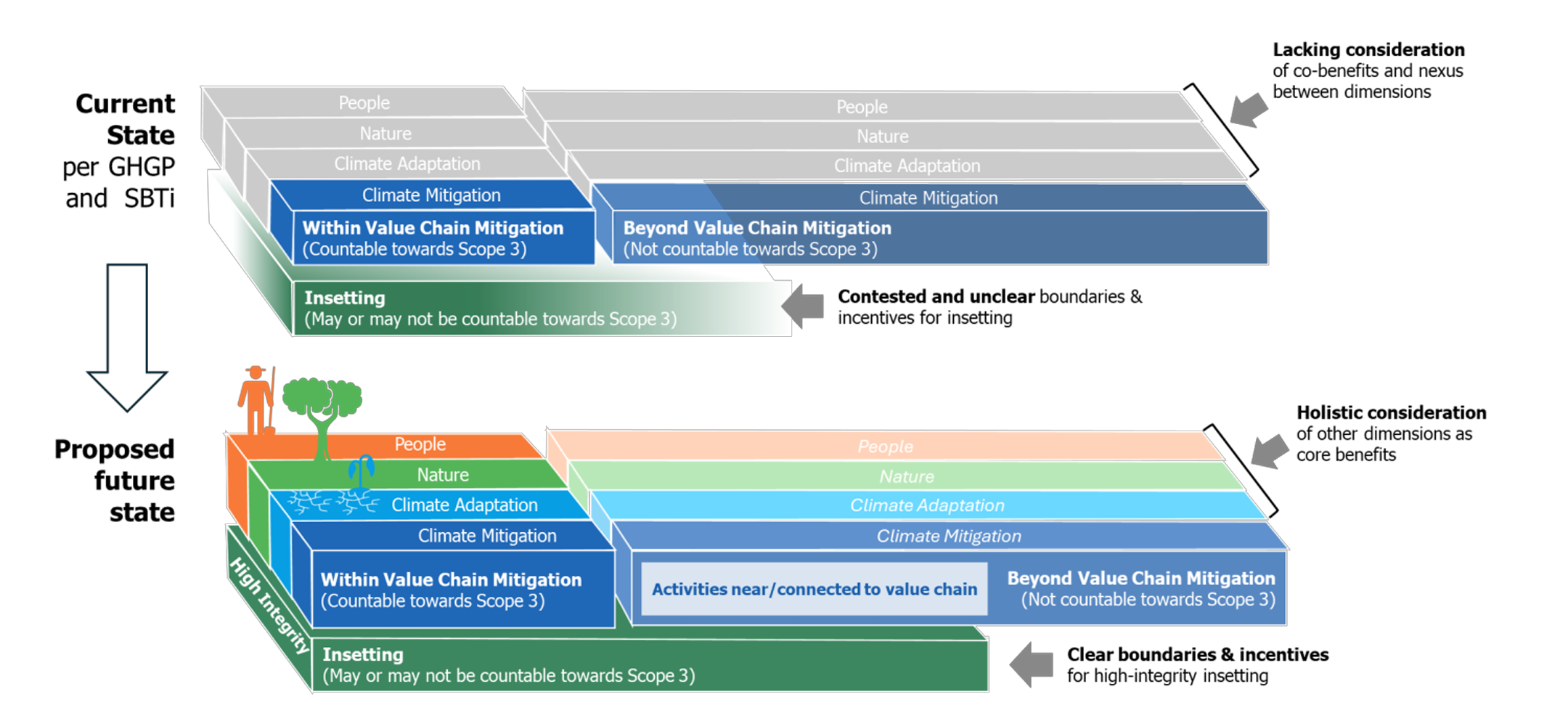
Figure 1. Conservation International’s proposed future state of insetting. Source: Principles for High-Integrity Insetting in the Land Sector
The principles confirm what Abatable has championed: to tackle climate and nature loss effectively, companies need holistic, scalable, and systems-based solutions that interconnect climate, nature and social challenges simultaneously.
How insetting is addressed in other guidance
The next 18 months will be pivotal for insetting. Key standards bodies are finalising guidance that will shape corporate climate action for the next decade.
Some progress has already been made in defining how insetting fits within value chains:
- Draft SBTi Net Zero Standard v2.0: The proposed revision to the Science Based Targets initiative (SBTi)’s Corporate Net Zero Standard offers opportunities to incorporate insetting supply shed approaches and indirect mitigation recognition. This is a shift toward embracing broader value chain interventions beyond direct traceability.
- Greenhouse Gas Protocol (GHGP) Land Sector and Removals Guidance: The final guidance will define how land sector activities are accounted for, laying the foundation companies need to integrate insetting into credible emissions reporting.
- Regulation: The EU CSRD, California SB 253, and similar policies now mandate Scope 3 reporting, potentially driving demand for insetting as part of corporate decarbonisation strategies.
Yet challenges remain. A lack of clarity on accounting rules and boundaries still limits insetting’s potential.
As we identified in our report with IPI, insetting boundaries are unclear for corporates. There are uncertainties over when an insetting project contributes to Scope 3 emissions reductions and when it contributes to Beyond Value Chain Mitigation (BVCM).
As Conservation International’s report demonstrates (see Figure 1), standard setters like SBTi and the GHG Protocol should make it clear where these boundaries lie in upcoming guidance. Similarly, current insetting frameworks may not account for the many benefits beyond carbon mitigation that insetting projects can bring, such as benefits to people, nature, and climate adaptation.
For standards to drive credible, high-integrity insetting, they must become more ambitious and practical.
Here’s what we recommend:
Science Based Targets Initiative (SBTi)
- Expand value chain boundaries – Current ‘near value chain’ activities are too narrowly defined. SBTi should include supply shed and landscape interventions that are bio-physically, ecologically, and socio-economically connected to value chains.
- Boost BVCM incentives – Investments beyond the direct emissions footprints must be incentivised. Companies should be rewarded for investments that go beyond their direct footprint but still create meaningful climate impact.
- Allow traceability flexibility – Agricultural supply chain realities don’t always allow for perfect traceability. Standards need to accommodate this while maintaining integrity. Sourcing region approaches can provide a pragmatic middle ground.
Greenhouse Gas Protocol (GHGP)
- Clarify supply shed accounting – The Land Sector and Removals Guidance needs clear direction on sourcing region and supply shed accounting. Companies need concrete guidance on how to account for landscape-scale interventions.
- Enable collaborative frameworks – Current guidance doesn’t adequately support co-investment and shared claims. GHGP should develop frameworks that enable multiple companies to invest in the same landscape while making credible claims.
- Balance rigour with pragmatism – Overly rigid requirements risk discouraging necessary climate action. The guidance should maintain environmental integrity while being practical enough to encourage widespread adoption.
Other standard setters
- Integrate social and environmental safeguards – Corporate GHG accounting standards need to explicitly integrate safeguards for people and nature. Climate action shouldn’t come at the expense of communities or biodiversity.
- Develop collective investment incentives – Standards should create incentive structures that reward collective landscape investments rather than only recognising individual company actions.
- Enable co-benefit claims – Companies should be able to claim nature and social co-benefits alongside greenhouse gas reductions, reflecting the holistic value of high-integrity insetting.
Why this matters
This isn’t just about corporate carbon strategies. As we outline in Reuters, high-integrity insetting is a powerful tool for directing private capital towards the ecosystems and communities that need it most.
The climate crisis demands urgent, large-scale action. Standards that enable high-integrity insetting can help unlock the corporate investment needed to protect forests, restore landscapes, and support rural livelihoods while delivering credible emissions reductions.
Standards like SBTi and the GHG Protocol must rise to this challenge. The framework exists. The demand is there. It’s time for standards to catch up with the ambition.
To read more on insetting, access Abatable and IPI’s report, Addressing Scope 3: How insetting can be scaled to tackle supply chain emissions.
Contact us to discuss how we can help your insetting journey.



